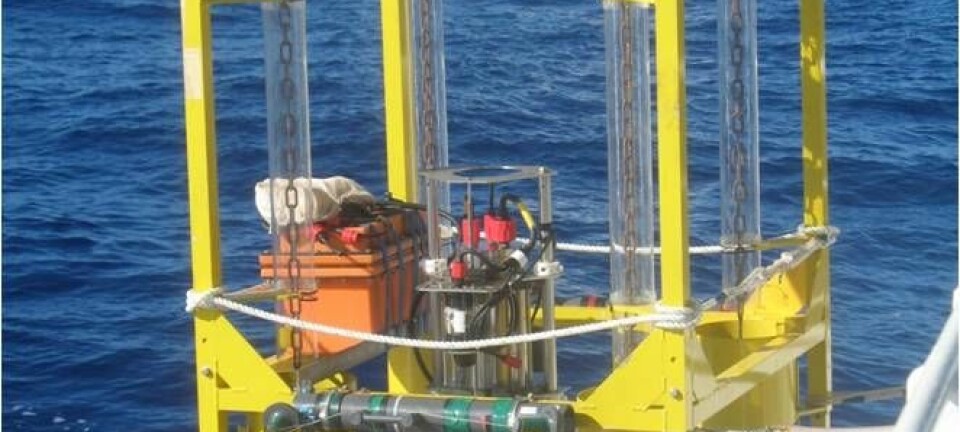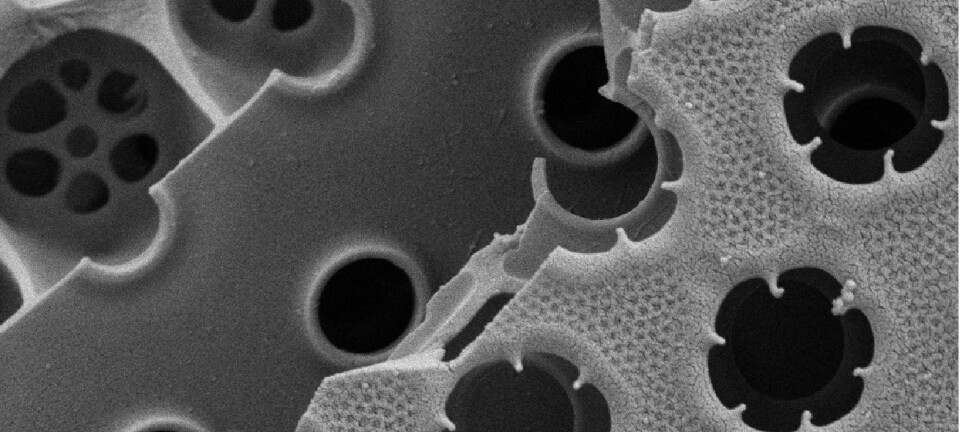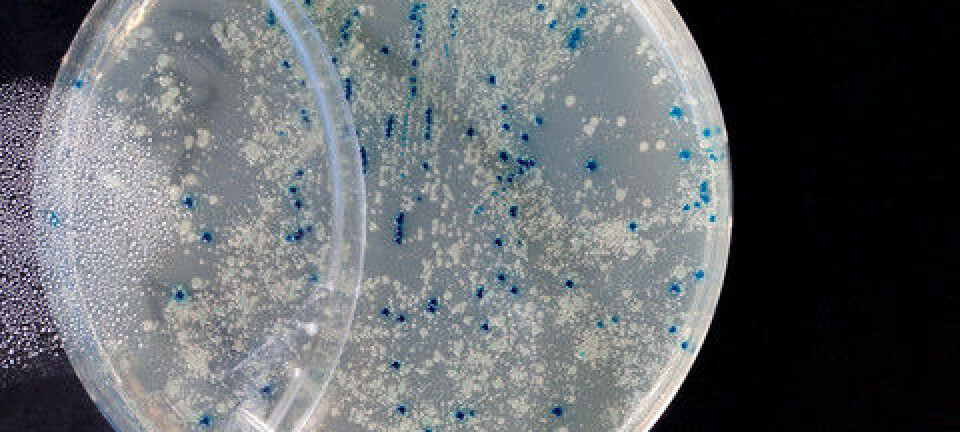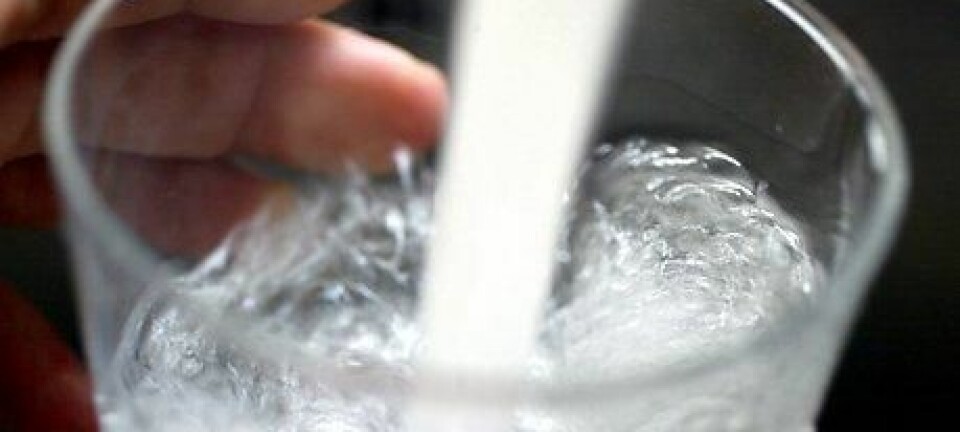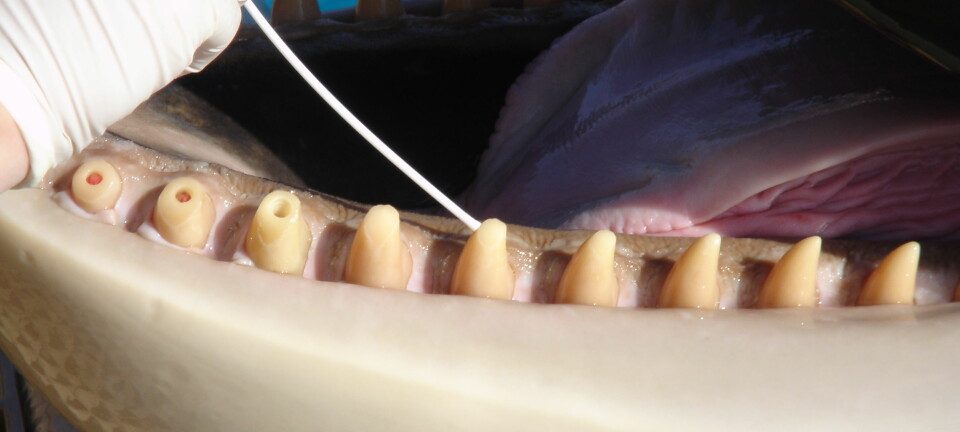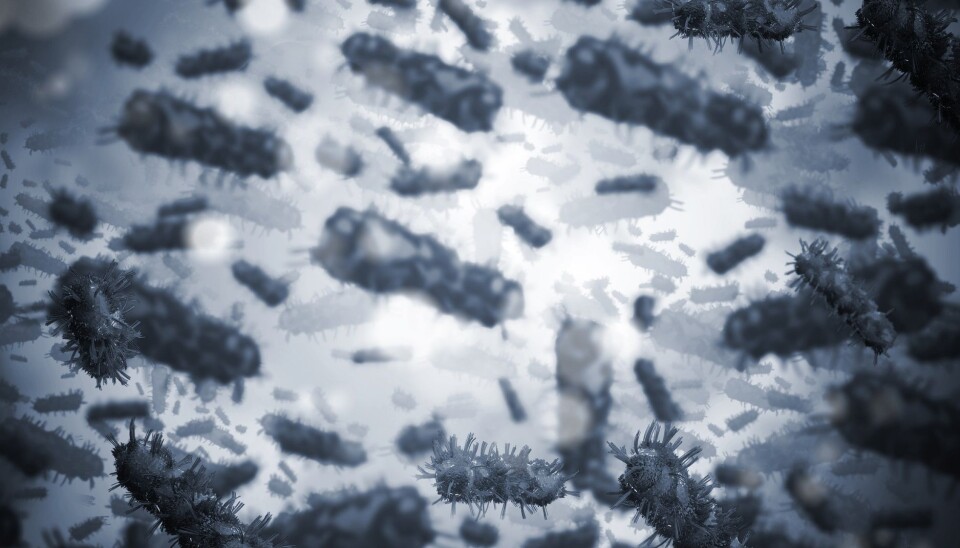
Microscopic arms race rages on the seabed
The ocean floor contains viruses and bacteria locked in a constant struggle for survival. This has a great effect on the carbon cycle in the ocean and thus also affects how much CO2 is released into the atmosphere.
Imagine a great battle that never ends because there is a constant influx of new, mutated soldiers. Sounds a bit weird, doesn’t it?
Add to that the fact that one side is constantly trying to use the opponent as a means of sexual reproduction. This probably sounds like a slightly absurd war, but this is what is going on between viruses and bacteria on the bottom of the sea.
The oceans are teeming with viruses and bacteria locked in a constant struggle for survival. This battle plays a big role in the ocean’s global cycle of carbon and nutrients, which affects how much CO2 is released into the atmosphere.
A new study takes us behind the scenes of this deep-sea battle.
The bacteria eat their dead comrades, and every time they do this, some of the carbon is released as CO2. This is how viruses contribute to the increased CO2 production in the ocean.
”Viruses need bacteria in order to multiply, so they infect certain receptors on the surface of the bacteria. The bacteria retaliate with mutated receptors which the virus cannot use, but the virus is also constantly mutating and adapting,” says marine biologist Mathias Middelboe of Copenhagen University.
He co-authored a new study, published in the journal Aquatic Microbial Ecology, which shows how life is constantly changing within hours and within areas as small as a millimetre.
Bacteria and viruses: the cold war on speed
One consequence of this constant battle between viruses and bacteria is that it speeds up the evolution of the bacteria.
”It was previously believed that the bacteria evolved primarily to adapt to the food that was available, but it has turned out that viruses play a crucial part in the bacteria’s quick evolution, because there is a constant selection for bacteria that are resistant to viruses,” says Middelboe.
Our study describes the complex interaction between viruses and bacteria within millimetre-small areas of the seabed.
However, although viruses can very effectively eliminate large amounts of a certain bacterial species, the species never becomes extinct and can continue to hold the many viruses in check.
This is due to the fact that viruses need the bacteria to survive, and if a virus becomes too successful, there are simply not enough hosts for them to infect and then eventually they disappear by themselves.
“There will always be places in the ocean where the few surviving bacteria can hide away, so even though a virus has wiped out a majority of a certain type of bacteria, they never die out completely, and that creates a high level of biodiversity,” says the researcher.
Fallen bacteria alter the CO2 balance
The reason why this battle between viruses and bacteria affects CO2 production in the ocean is to be found in the casualties of the war.
Bacteria and viruses both contain carbon and nutrients, and when the bacteria die as a result of a virus attack these substances are released and consumed by new bacteria.
”The dead bacteria are good food for the other bacteria,” he says. “The bacteria eat their dead comrades, and every time they do this, some of the carbon is released as CO2. This is how viruses contribute to the increased CO2 production in the ocean.”
But viruses do not only contribute to an increased CO2 production – they actually also have the opposite effect.
Dead bacteria also contain nutrients that stimulate algae growth, and it is these algae that absorb and bind CO2 in the ocean.
”These mechanisms were discovered quite recently, so there is some way to go before we fully understand this balance. This is a subject for further research,” says Middelboe.
Conditions change millimetre by millimetre
Since the world of viruses and bacteria is highly changeable, it is difficult to predict whether viruses and bacteria increase or reduce the release of CO2.
For each millimetre you move along the seabed, the microbial composition changes drastically. In one spot there may be a massive predominance of viruses, while the spot just next to it is dominated by bacteria.
“Our study describes the complex interaction between viruses and bacteria within millimetre-small areas of the seabed.”
And this change does not only occur within tiny areas – it also occurs over extremely short periods of time. If there are not enough hosts for a certain virus, up to 20 percent of the population can be wiped out in just one hour.
Since the conditions undergo such drastic changes within a very short time, the battle between viruses and bacteria has caused a great bacterial diversity in the ocean, and it is the mechanisms behind this diversity that Middelboe and his colleagues will now be taking a closer look at.
-----------------------
Read the Danish version of this article at videnskab.dk

